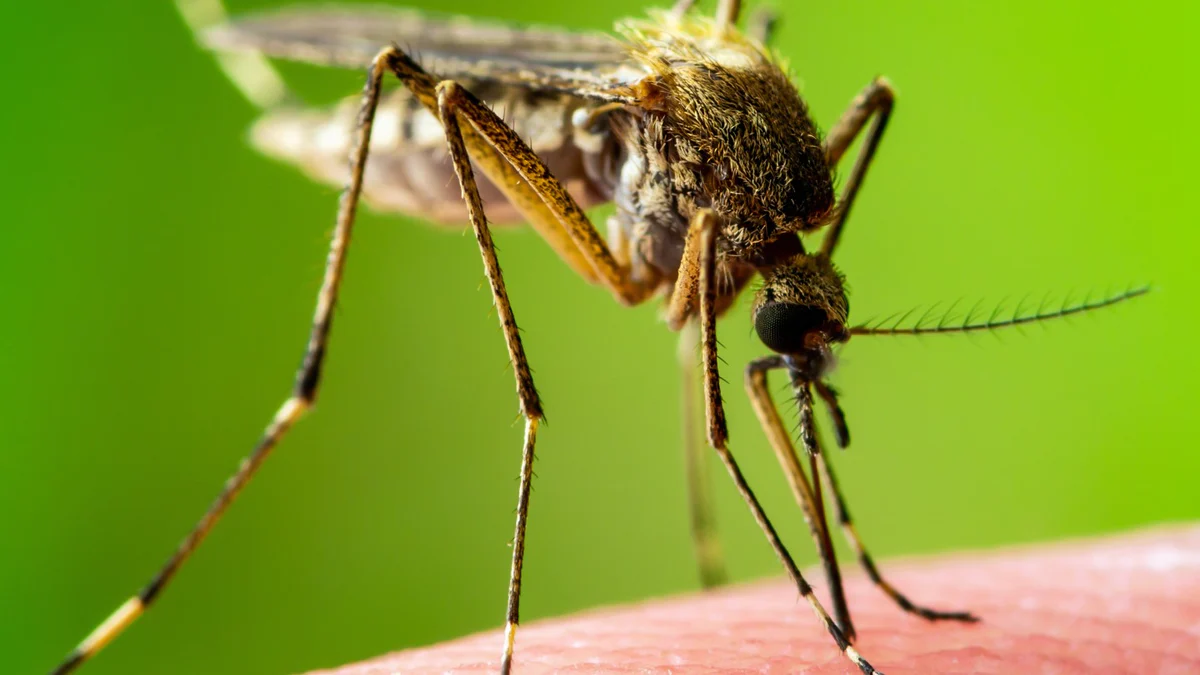West Virginia has reported its first case of the West Nile virus this year in Hardy County following the screening of a blood donor.
The individual, who donated blood, did not show any symptoms at the time of the procedure but their blood later tested positive during a screening for West Nile virus.
The Centers for Disease Control and Prevention (CDC) says cases of the virus are spiking upwards in the United States. West Nile can affect both humans and animals with horses particularly susceptible to the virus which expresses itself in through neurological tremors and coordination problems.
A vaccine is available for horses but not for humans.
The virus spreads through mosquitoes that can become infected after feeding on an infected bird. So far this year, 190 cases have been identified across 27 states.
According to the CDC most people (8 out of 10) who become infected with West Nile virus do not exhibit symptoms. One in five people who become infected with West Nile virus develop mild flu-like symptoms including headaches, high fever, muscle weakness, vomiting or a rash.
In rare, but more severe cases, one in 150 people can develop encephalitis, or meningitis which affects the brain and spinal cord.
For more information on West Nile virus visit the CDC’s website at https://www.cdc.gov/westnile/.
